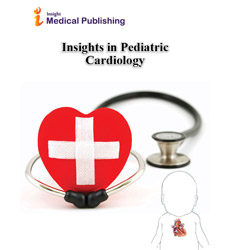Abstract
TAVI in bicuspid aortic valve
To assess the clinical outcomes of TAVI in patients with bicuspid aortic valves that presented with aortic stenosis Methods: Electronic search performed from inception to March 2019 without any language restriction. Weighted mean differences from pooled data were collected analysed. Primary outcome was stroke rate and secondary outcomes were rate of permanent pacemaker insertion, 30-day mortality and vascular complication rate. Results: A total of 5,248 patients from 19 studies were eligible for inclusion and analysed. Mean age was 78±8.8 years. NYHA III-IV was present in 67% of the cohort, hypertension in 49% of the cohort. Weight mean Euroscore was 18±11.3; mean AVA was 0.7±0.2 cm2 and mean ascending aorta diameter was 36.8±4.8 mm. Edward Spaien (ES) valve was used in 51% of patients while Core valve (CV) in 40%. Transfemoral approach utilized in 85% of the cases, transapical in 8%, others in 7%. Mean size of ES valves used was 26±5mm while CV was 27+3mm. Technical success was achieved in 93% of cases. Postoperative mean gradient was 13.7±5.9 mm. Stroke rate was 5%, PPM requirement was 22%, all cause 30-day mortality was 8%, 3% required to be converted to open and vascular complications were reported in 14%. Conclusion: TAVI in BAV patients is associated with satisfactory perioperative outcomes. There is lack of long-term data in such high-risk cohort. Larger studies with long term follow up is required to confirm those findings.
Author(s):
Francesca Getta
Abstract | PDF
Share this

Google scholar citation report
Citations : 5
Insights in Pediatric Cardiology received 5 citations as per google scholar report
Insights in Pediatric Cardiology peer review process verified at publons
Abstracted/Indexed in
- Google Scholar
- Secret Search Engine Labs
Open Access Journals
- Aquaculture & Veterinary Science
- Chemistry & Chemical Sciences
- Clinical Sciences
- Engineering
- General Science
- Genetics & Molecular Biology
- Health Care & Nursing
- Immunology & Microbiology
- Materials Science
- Mathematics & Physics
- Medical Sciences
- Neurology & Psychiatry
- Oncology & Cancer Science
- Pharmaceutical Sciences

